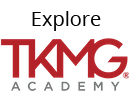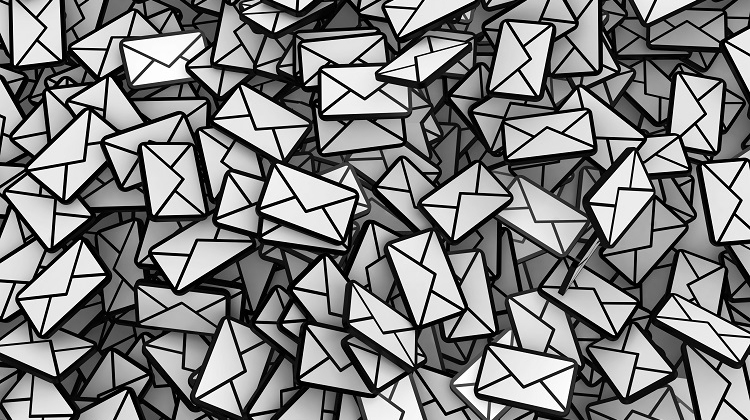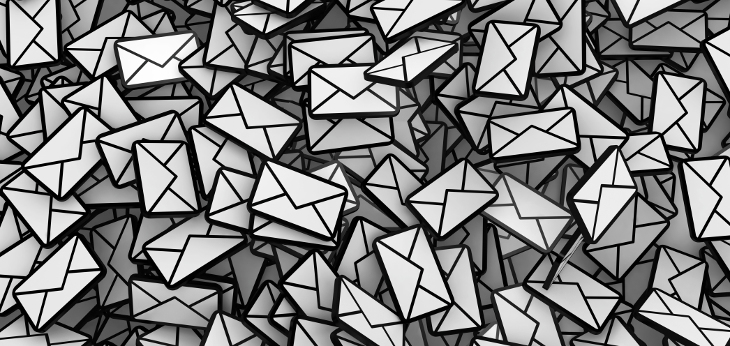


Today I’m featuring a guest post by Tiffany Mock, a personal productivity consultant. Tiffany shares her take on how to better manage email. In supporting companies’ transformation efforts, we often notice (and clients often note themselves) that personal productivity issues slow their progress.
How Email Squashes Productivity and What To Do About It
By Tiffany Mock Holton
When email usage became widespread in the early 1990s, it was manageable. Email was still a very new technology, and many people didn’t use it as heavily as they do now. Today, email is the primary way people communicate. In fact, the average person receives up to 200 emails each day, and this doesn’t take into account the other sources of information overload most experience – from paper mail to text messages. What was once a tool to improve communication is now an enemy of your productivity.
Email itself isn’t the problem. Rather, it’s the action you must take once you receive the message. Whether you’re receiving a marketing pitch, a request from your boss, or an invitation to attend a social function, you must respond, and that’s where busy professionals get stuck. Without a system for managing email and your responses to them, the messages pile up in your inbox as you wait for a block of time when you can think clearly and respond. Unfortunately, that block of time never seems to become available. You’re too busy.
Two Must-Haves to Manage Email Overload
You can tame your email inbox, and it takes just two things: a system and discipline.
Your system must use a proven workflow methodology that is managed in whatever email tool you prefer, such as Outlook or Gmail. Once organized, your system gives you focus, so you’re able to choose the next best action to maintain productivity and reach your goals. While the system must have structure, it must also be flexible to manage continual change.
Having a system is one thing, but you also need the discipline to keep it going. This takes replacing unproductive habits with behaviors that eliminate distractions so you can focus on what’s really important. Here are three quick ways to make that happen:
Once you’ve successfully and consistently managed your email, you can further boost your productivity by implementing systems and discipline for areas present in everyone’s office including task management, paper files, computer files, short and long term goal planning. With this comprehensive approach, you can count on increasing your productivity by up 20 percent, which also reduces your stress.
When you apply a comprehensive approach, you can free up to 45 minutes a day. When you do the math that’s equivalent to four more hours a week, more than one business week a quarter or more than four business weeks a year! Imagine what you will do when you reclaim that time. The impact of systematizing and developing smart habits around your work can give you better work/life balance, cost savings, help you become more responsive, and more. Unleashing your productivity is one of the most powerful actions you can take to improve your work day and advance your career.
From Karen: Tiffany works one-on-one—primarily with managers and senior leaders—to help them design and implement the right systems to better manage the high volume of requests that come their way. Through a suite of tailored hands-on programs, Tiffany teaches you how to reclaim your inbox and unleash your productivity using simple tools and techniques you can use immediately.
A lot of people (like me) think they should be able to do this on their own. But, as I’ve discovered, working with a seasoned coach who specializes in this work is worth its weight in gold. For more information, visit tkmg.wpengine.com/personalproductivity.
by Karen Lovely
Great reminders for how to.not be a slave to email.